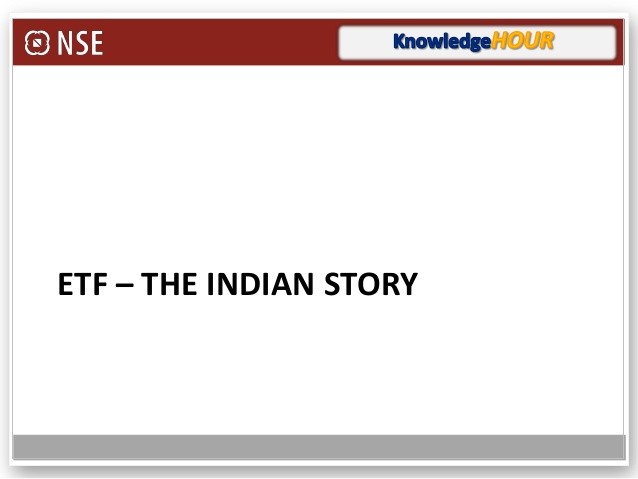A Brief History of ExchangeTraded Funds_1
Post on: 5 Апрель, 2015 No Comment

Past ETF Talks have discussed various individual exchange-traded funds (ETFs), but we have never taken an in-depth look at the specific companies that establish and manage them. What company pioneered the concept of trading a bundle of stocks in the form of a fund, as easily as buying a single stock? Well, the first institution to begin trading an ETF was State Street . This company is known for its many SPDR. commonly pronounced “spider,” ETFs.
SPDR stands for Standard & Poor’s depositary receipt. In fact, State Street’s inaugural ETF, and the first for the market overall, falls under this designation. This fund, SPDR S&P 500 (SPY). introduced ETFs to the world in an easily understandable manner: SPY tracks the performance of the S&P 500. Thus, the precedent of using an ETF to track a certain segment of the market and allowing investors the convenience of buying one fund to do so was established.
SPY began trading at the end of January 1993 and it has mirrored the performance of the S&P 500 ever since, ebbing and flowing with the broader market. The chart below compares SPY to the S&P 500 during the last year, and the twinning is apparent.
Instead of investing in 500 stocks, those wishing to replicate the market’s gains need only invest in one: SPY. But this broad investment is not the only application of ETFs. State Street later branched out into specific industry groups, offering SPDR ETFs in market segments including gold, energy, health care, homebuilders and many others.
If there’s a market segment that you’re watching, State Street likely has an ETF for it. Even if you wish to invest outside the United States, SPDRs have you covered: many funds track individual companies, or even segments of foreign economies, frequently tracking stocks traded only on international markets. With the ease of ETFs, all of these investments are possible with a single investment in a fund traded on an American exchange. As the originator of the ETF, State Street made this convenience possible.
If you want my advice about buying and selling specific ETFs, including appropriate stop losses, please subscribe to my Successful Investing newsletter. As always, I am happy to answer any of your questions about ETFs, so do not hesitate to send me an e-mail. You may see your question answered in a future ETF Talk.
In case you missed it, read my ETF Talk from last week about big-picture commodities fund DBC. I also invite you to comment in the space provided below.
Was this article interesting?
Sign Up for Eagle Daily Investor News Alerts














